Oles Morrison Rinker & Baker LLP
& The Law

Oles Morrison Rinker & Baker LLP
& The Law
everal Alaska statutes protect a contractor’s right to payment for work performed on a project. Perhaps the broadest and most common of these are the mechanic’s and materialman’s liens (AS 34.35.050), which allow a person supplying labor, equipment, materials, or services for the improvement of real property to record a lien against the property, securing their rights to payment.
Two other laws, which function in a similar manner, are Alaska mineral lien statutes (AS 34.35.125 – 34.35.170) and the Little Miller Act (AS 36.25.020). Like mechanic’s liens, these statutes provide a mechanism for contractors to secure their rights to payment for work on a project. In the case of mineral liens, payment is secured against the mine, well, or the minerals themselves. Under the Little Miller Act, which is applicable to public projects, payment is secured against a payment bond.
Although these three mechanisms are conceptually similar, their interpretation and application can vary widely, often in unexpected ways. For instance, the Little Miller Act and mining lien statutes each allow a contractor to secure payment for labor on a project, but courts interpreting those laws have defined the scope of such labor differently between them.
In April, the Alaska Supreme Court ruled that under the Little Miller Act, “labor” includes all work that is “necessary to and [which] forwards” the project—regardless of where the labor was performed geographically, or how “physically demanding the labor is.” Luong v. W. Sur. Co., No. S-17593, at *5 (Alaska April 23, 2021). Thus, the court held, inspections and supervisory work qualify as compensable labor, in addition to labor performed offsite.
Alaska mining lien statutes (AS 34.35.125 et. seq.) allow contractors to secure payment (in that case a lien on a mine or oil well) for labor performed at the direction of the owner that is “necessary or convenient to the development, operation, working, or mining of the claim or well.”
On its face, the language of the mining lien statute is remarkably similar to the language of the Little Miller Act. However, in interpreting the mining lien statutes, the Alaska Supreme Court found that although “supervisory labor falls within the spirit of the activities meant to be protected,” it must have been performed onsite. D.H. Blattner & Sons, Inc. v. N.M. Rothschild & Sons, Ltd., 55 P.3d 37, 52 (Alaska 2002). The court acknowledged that, “as mining technology becomes increasingly advanced, with additional emphasis on computers and heavy machinery, more labor can be classified in some sense as supervisory” – but held that such “supervisory charges cannot be extended infinitely.” Thus, it ruled, inspections and supervisory work performed offsite would not be protected, regardless of how necessary it was to the development of the project.

As described in one treatise, lien laws “present an extraordinarily varied approach, in substance, and in language… in fact, variation among the states may be greater in this area than in any other statutory area.” (See 3 Bruner & O’Connor Construction Law § 8:124).
Contractors should therefore work with their counsel to understand the scope and requirements of a lien or bond claim as early as possible. Doing so will maximize their chances of securing payment for the work performed on their project and avoid surprise down the road.
